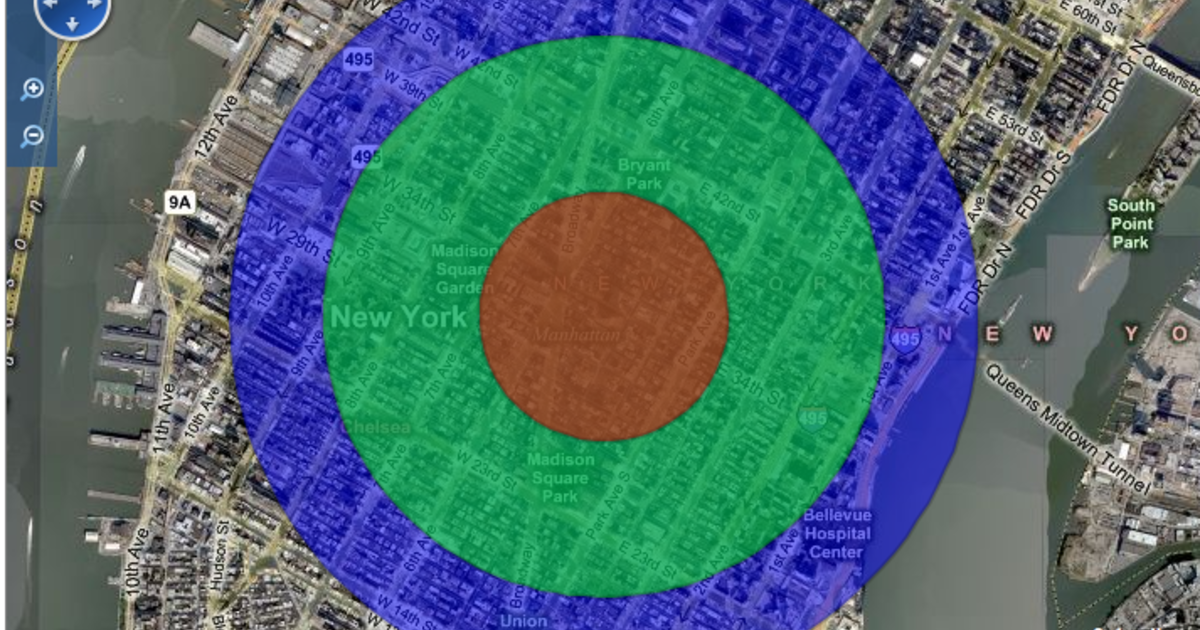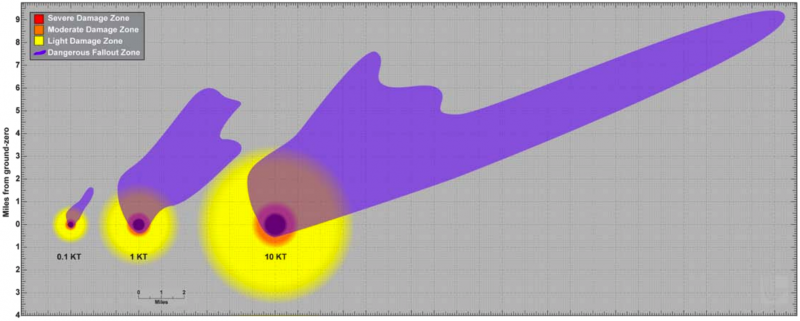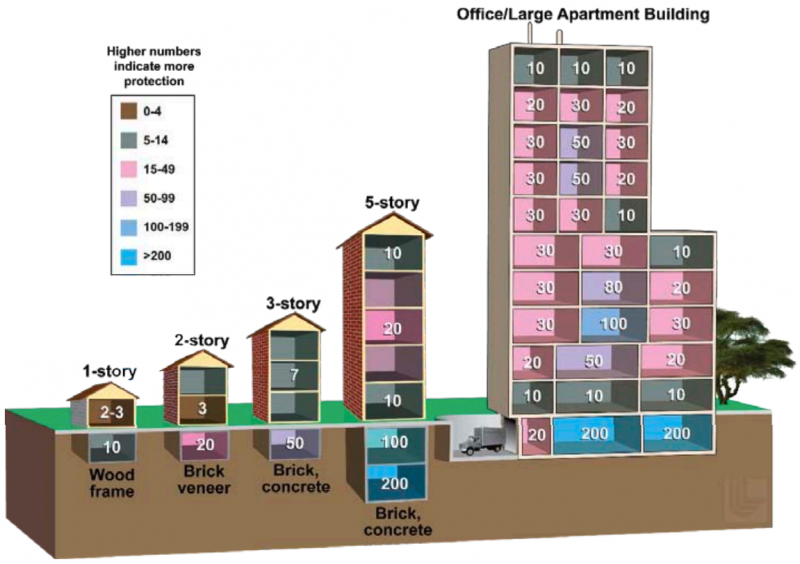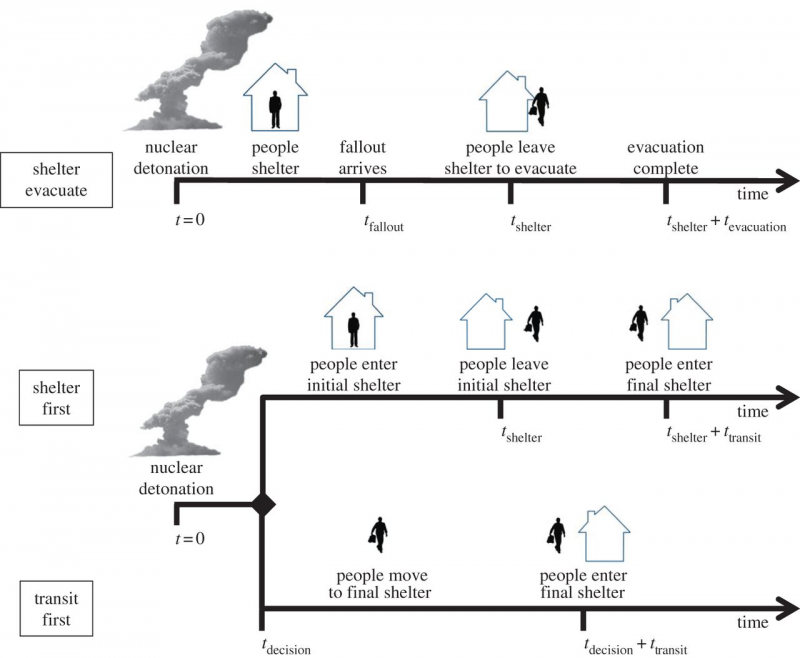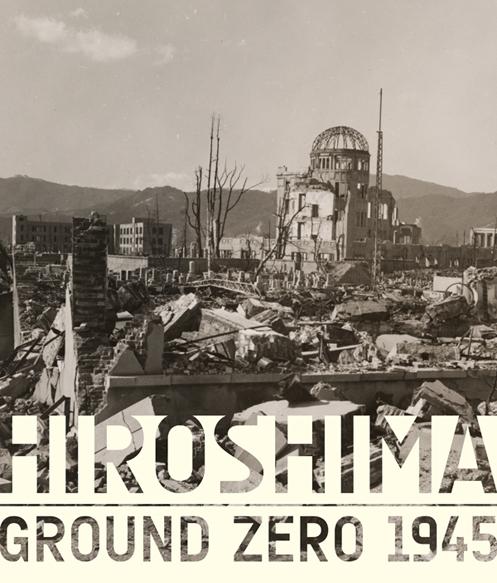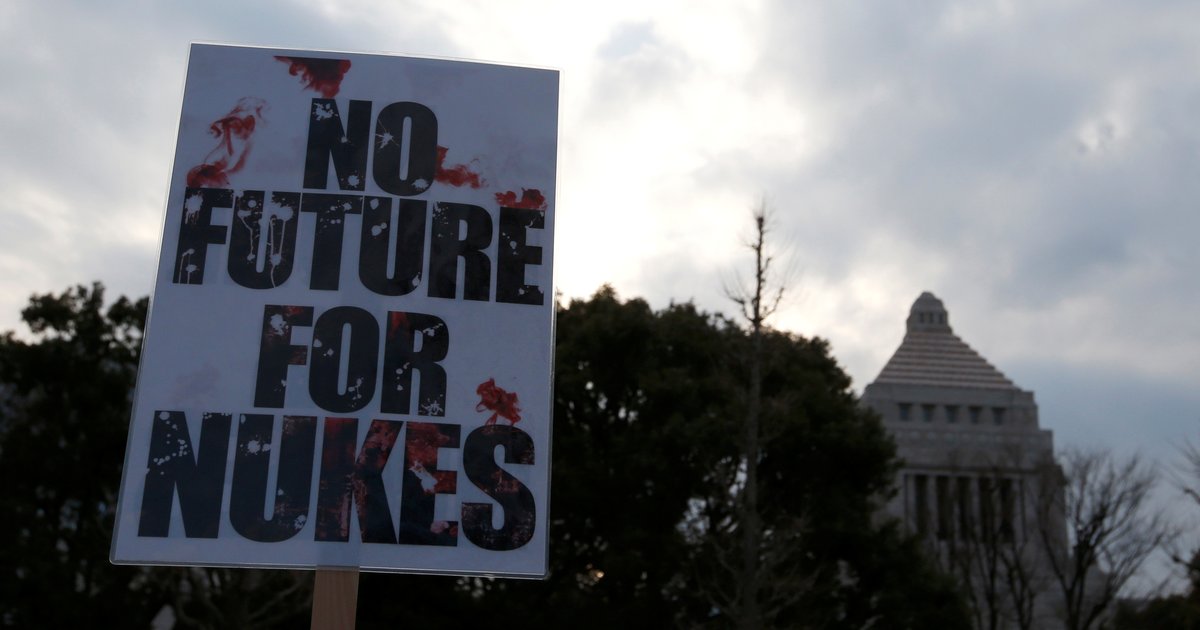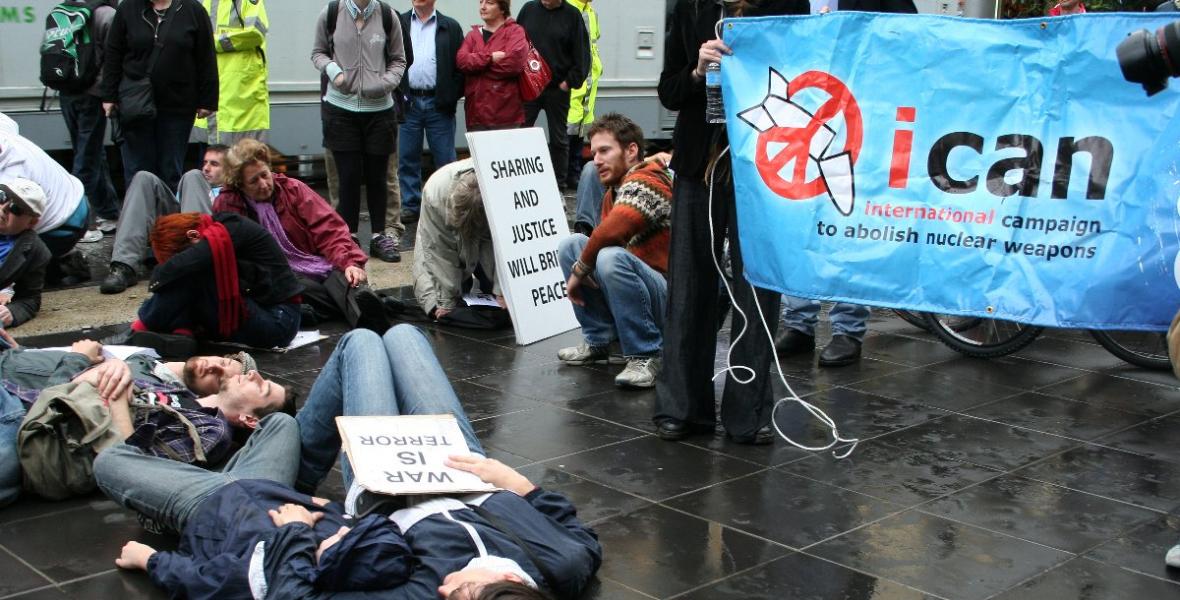With two imprudent and potty-mouthed “children” at the realm of power of two nations with most powerful nuclear weapons, other nations across the world have begun thinking about what to do in case of a nuclear attack.
Most people would wish to know what next in the likely event of a nuclear blast. Firstly, the survival rate is really slim, so there’s that! This is because of the nuclear fallout spread subsequently after the initial blast. Regardless of where you live, a direct nuclear attack is most probably going to kill you.
A study conducted back in 2011 by Sandia National Laboratories tried to estimate the probabilities of actually surviving “a Chicago nuclear detonation scenario.” The study revealed that approximately 100’000 of the now 2.7 million inhabitants would survive. To keep things in perspective, this is actually less than 1% of the total population in that region.
In the slimmest chance, you find yourself among the 1%, radiation poisoning spreading days later may still kill you eventually. The best thing you can do during a nuclear attack is to barricade yourself in an underground shelter, such as a bunker.
The multi-government-agency planning guide will come in handy in case of a nuclear attack. The guide directs that in case of a nuclear detonation, the ideal places to seek shelter is inside concrete surrounded rooms.
These may include areas such as underground parking lots and basements under multiple storied buildings. On the flip side materials such as sheet metal or wood will be poor shielding materials against radiation fallout even though sheltering in such homes may offer a bit of shielding compared to staying outside.
The guide, however, did not answer some intricate questions. Most people want to know when it would be actually worth seeking shelter after the detonation. Michael Dillion, a researcher, proposed a mathematically proven timeline that one would be able to use in efforts of seeking shelter. His mathematical model gave that if someone can get adequate shelter within the first 10 minutes, then it would be wise to try and get there.
However, if the adequate shelter is more than 15 minutes away, it is preferred to seek shelter at your current location for at least 1-2 hours, when the worst of the radioactive fallout has subsided. It is advisable to stay up to 9 days inside, provided enough provisions in food and water are available.
The fallout from a nuclear blast mainly constitutes an airborne mass of dust, dirt and ash turned radioactive. The fallout follows the wind direction across the landscape. Most experts recommend that people wait for instructions from authorities before evacuating from the affected region.
Since fallout follows the prevailing winds, it is somehow very unpredictable thus there is always a risk during civilian evacuations. It is always less hazardous when you wait for the official evacuation period to be announced.
Even though the initial pattern of nuclear damage can be fairly predicted, the chances of survival remain pretty bleak. In the event you survive the initial blast, radiation is a big issue of concern. You will still have to survive through the fires and infrastructure collapse indirectly caused by the blast.
Getting actively involved with the nuclear disarmament activism might just be the best strategy to survive a nuclear attack.




